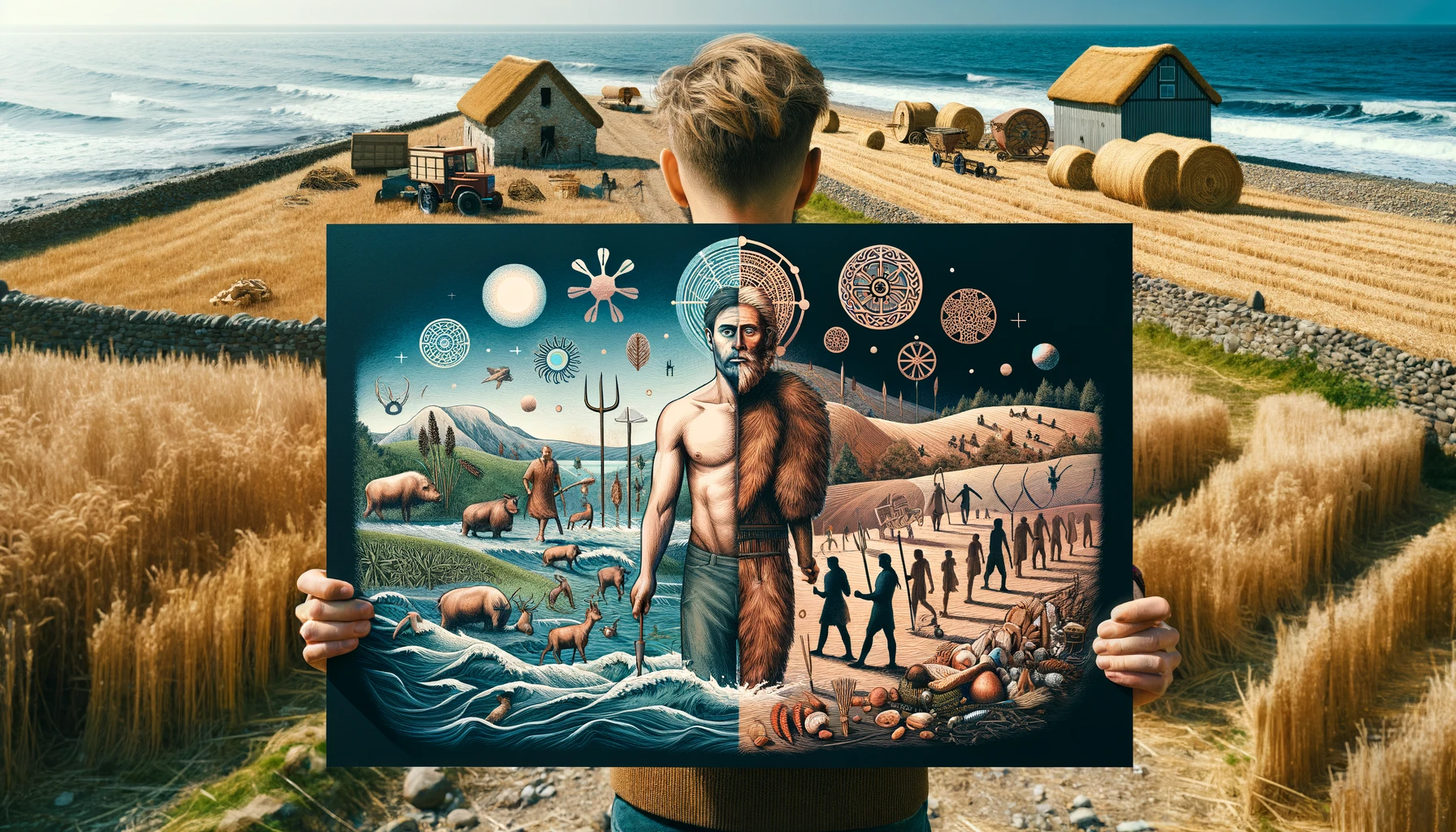The discovery of Vittrup Man in Denmark marks a significant addition to our understanding of ancient Scandinavian life. This remarkable find tells the story of a man who lived a life transitioning from a forager along the Scandinavian coast to becoming a farmer in Denmark. What makes Vittrup Man’s story particularly intriguing is its culmination in sacrifice, providing a stark glimpse into the rituals and societal practices of ancient communities.
The Life of Vittrup Man
Vittrup Man’s life journey is a testament to the adaptability and cultural evolution of ancient Scandinavian societies. Initially living as a forager, Vittrup Man’s existence was closely tied to the coastal areas of Scandinavia, where fishing and hunting provided the primary means of subsistence. This lifestyle, common among early Scandinavian communities, relied heavily on the natural resources available in the region’s diverse landscapes, from dense forests to expansive coastlines.
As time progressed, Vittrup Man transitioned to farming, a significant shift indicating the adoption of agriculture within these communities. This change marked a pivotal moment in Scandinavian history, reflecting broader trends in human society towards settled farming life. Farming allowed for the cultivation of crops and domestication of animals, leading to more stable food supplies and the growth of permanent settlements.
The Sacrifice
The culmination of Vittrup Man’s life in sacrifice opens a window into the spiritual and ritualistic aspects of ancient Scandinavian culture. Sacrifice played a crucial role in these societies, often associated with religious beliefs, the changing of seasons, and significant life events. It was a means to appease deities, ensure favorable conditions, and maintain the delicate balance between the community and the supernatural world.
Vittrup Man’s sacrifice, therefore, was not merely an end but a reflection of the deeply ingrained customs and beliefs of his people. This act would have been imbued with symbolic meaning, intended to honor the gods, ancestors, or natural forces deemed vital for the community’s survival and prosperity.
Cultural and Societal Insights
The discovery of Vittrup Man provides invaluable insights into the cultural dynamics and societal structures of ancient Scandinavian societies. It highlights the transition from nomadic lifestyles to settled farming communities, a fundamental shift that shaped the region’s historical trajectory. Furthermore, the practice of sacrifice offers a glimpse into the spiritual life of these people, revealing a complex belief system where rituals were central to community cohesion and the cosmological understanding of the world.
Vittrup Man’s story is a fascinating chapter
Vittrup Man’s story is a fascinating chapter in the broader narrative of human history, illustrating the evolution of societal practices and the enduring significance of rituals in shaping cultural identity. As researchers continue to analyze and interpret this find, Vittrup Man will undoubtedly contribute to our understanding of ancient life in Scandinavia and the complex tapestry of human civilization.
This discovery not only enriches our knowledge of the past but also reminds us of the diverse ways in which our ancestors navigated the challenges of their world, leaving behind legacies that continue to captivate and enlighten.




